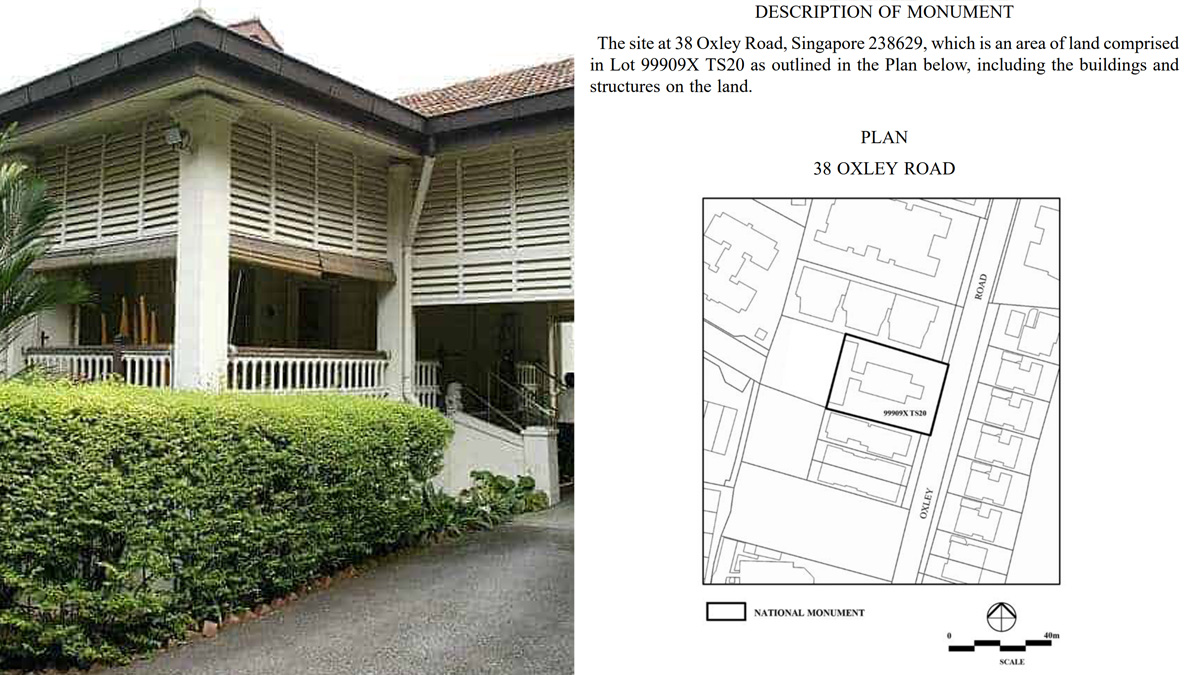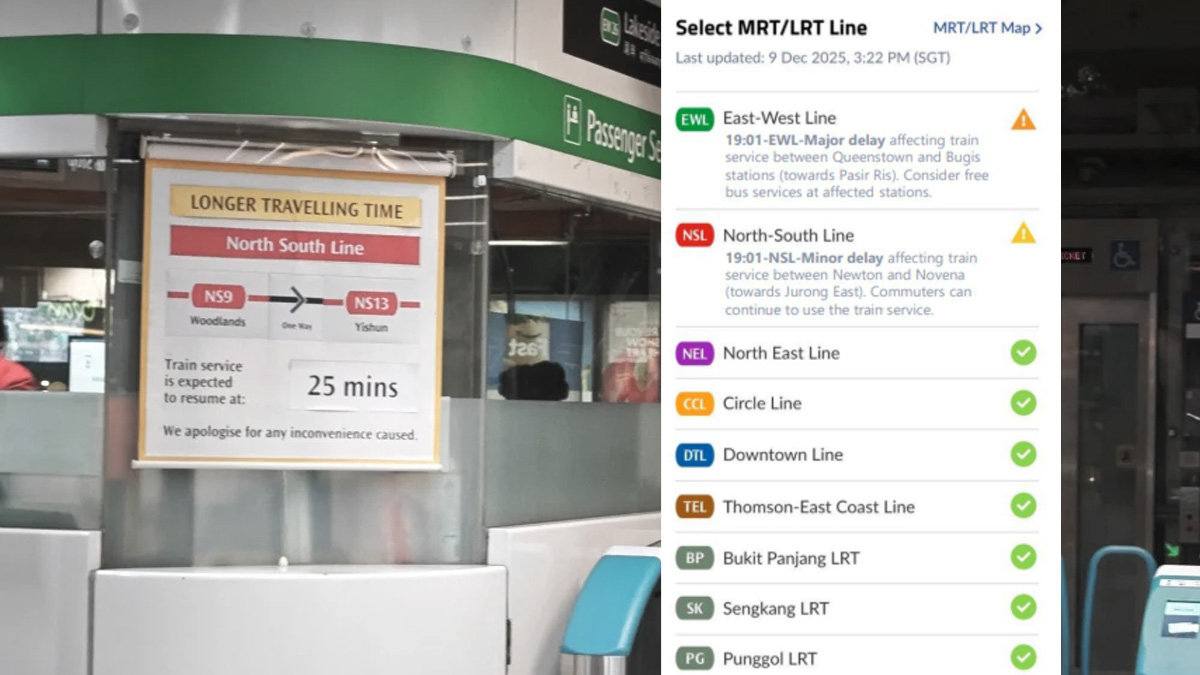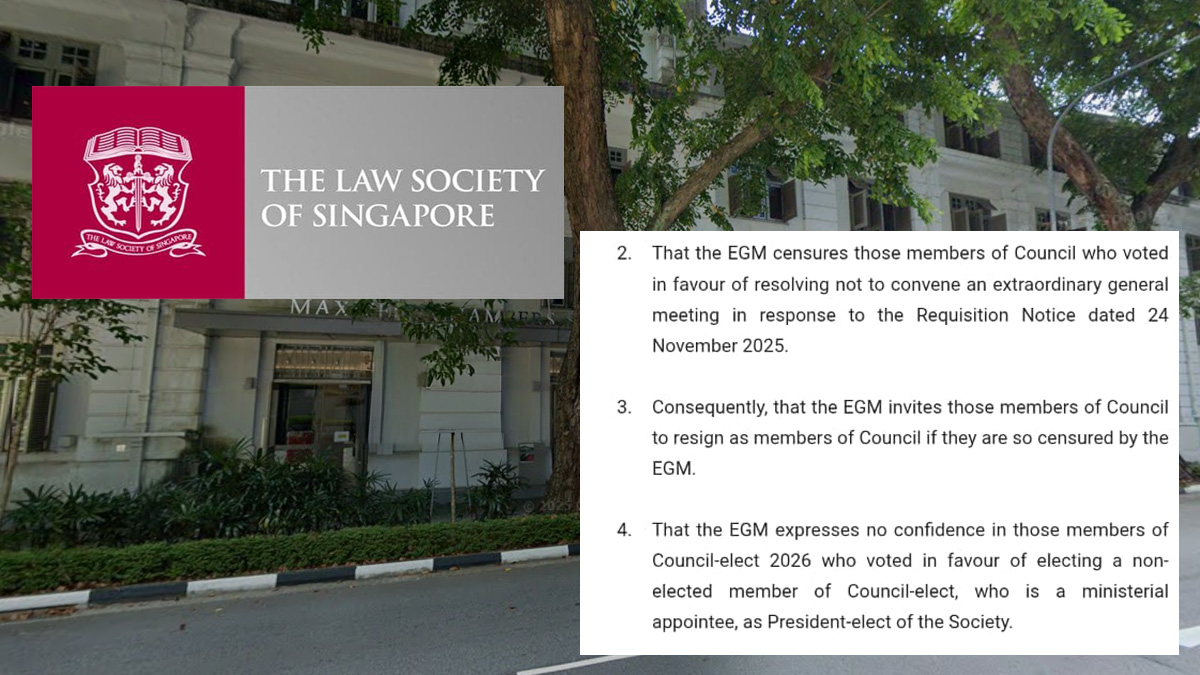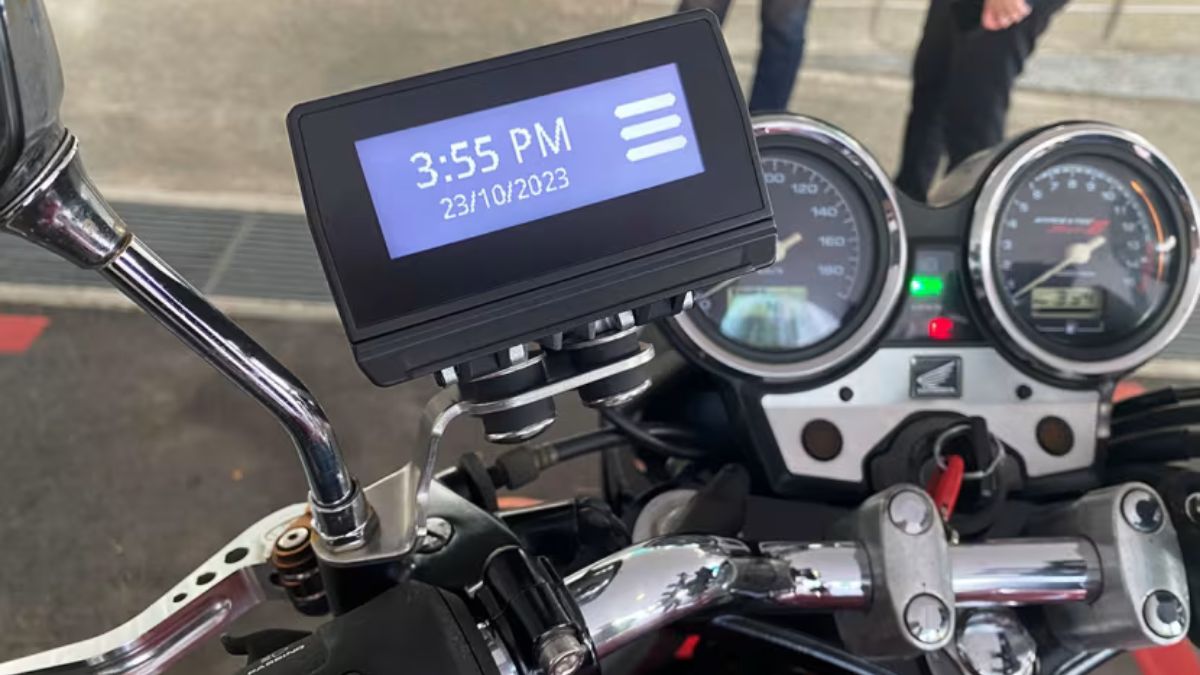Bidadari dog caregivers accuse NParks of ignoring feedback over barrier works
Caretakers of the Bidadari stray dogs have criticised the National Parks Board (NParks) for allegedly disregarding their input on replacement works for canvas barriers at Bidadari Park. The group says the decision could cause distress and harm to the ageing dogs that have lived there for nearly a decade.

- Bidadari dog caregivers claim NParks ignored their safety requests during barrier replacement.
- Concerns raised that new structures may trap or injure ageing dogs.
- NParks cites public complaints and plans eventual removal of stray dogs using humane methods.
SINGAPORE — Caretakers of the Bidadari stray dogs have accused the National Parks Board (NParks) of ignoring their feedback on the replacement of canvas barriers around the park, saying the new setup could cause distress and injury to the animals.
In a Facebook post on 3 September, long-time caregiver Jermaine Chua, who runs the Doggie Mommy account, said none of the group’s proposals were accepted during a site meeting held on 21 August to review the planned replacement works.
Chua said the caregivers had provided a detailed list of considerations for NParks, including requests for the works to start from specific areas to avoid disturbing the dogs’ hideouts and to leave a small section of the canvas unsealed at the bottom so the animals could re-enter safely if displaced.
According to Chua, NParks informed the group on 29 August that replacement works would proceed as planned, with no major adjustments made. The only modification was that a small stretch of the barrier had its lowest strut raised 300 millimetres above ground.
Chua said the change was insufficient, noting that “300mm is barely the distance from the dogs’ elbows to the ground”. She added that the Bidadari dogs are elderly and may injure themselves trying to crawl under the new structure. “This is causing the dogs unnecessary stress and suffering. Isn’t this animal abuse in a way?” she wrote.
Concerns over dogs’ safety and stress
The caregivers say the ongoing works have heightened anxiety among the dogs, who have lived at Bidadari Park for close to 10 years. They fear that the animals, already accustomed to their territory, could be traumatised if separated from their usual shelters.
Chua questioned NParks’ sincerity in engaging with the group, asking, “Why bother to meet us for feedback if NParks refused to listen? Is NParks genuinely concerned about the welfare of our Bidadari dogs?”
Previous dialogue with NParks and MP
The issue follows earlier discussions between NParks, the caregivers, and Member of Parliament Alex Yeo on 19 June. At that time, NParks said it had temporarily paused trapping operations and removed a corral at the site to help the dogs acclimatise.
A temporary playpen-like corral equipped with food, water, and surveillance cameras was installed near the feeding area. NParks reported a drop in incident reports since the installation of the original canvas barrier but clarified that the suspension of trapping was not permanent.
The caregivers pointed out that despite higher foot traffic at Bidadari Park, the dogs had not harmed anyone. They also cited past contractor lapses, such as leaving open cans and water beads on site, which NParks later described as “unintentional littering”.
While the contractors were replaced, the caregivers said the incidents reflected insufficient oversight and stressed that NParks remained ultimately responsible for animal welfare. They reiterated their hope that the ageing dogs would be allowed to live out their remaining years peacefully in their current home.
NParks’ plan to remove Bidadari dogs
NParks has said that the stray dogs will eventually be removed from Bidadari Park following more than 60 public complaints, including 20 incidents where dogs allegedly chased visitors.
While there have been no reports of direct attacks, NParks said one child was injured while running away from the dogs. To address public safety concerns, the agency installed a U-shaped blue canvas hoarding to act as a visual barrier between parkgoers and the animals.
The agency stated that future removal efforts would follow humane methods in line with the Trap-Neuter-Release-Manage (TNRM) approach, which seeks to control the stray population ethically.
Despite these assurances, the caregivers remain sceptical, maintaining that the dogs have not displayed aggression and that the new barriers could disrupt their routines and cause unnecessary suffering.
They continue to call on NParks to review its decision and to engage meaningfully with long-term caregivers who have monitored and supported the Bidadari dogs for years.








0 Comments